Top 10 Best Tourist Attractions & Places to Visit in Zambia
Unveiling Africa’s Hidden Gem of Natural Wonders and Raw Adventure
Zambia: Where the Soul of Africa Roars
Zambia remains one of Africa’s most underappreciated treasures—a land of vast wilderness, roaring rivers, and unspoiled beauty. While neighboring nations often steal the spotlight, Zambia quietly boasts some of the continent’s most extraordinary safari destinations and awe-inspiring natural landmarks. It is here that the pulse of Africa beats with unrelenting authenticity, where adventure is found not in manufactured thrills but in nature’s most untamed displays. From the thundering spectacle of Victoria Falls to the silent floodplains of the Zambezi, every journey through Zambia reveals a deep and resonant harmony between wilderness and wonder.
With an abundance of national parks, cultural landmarks, and rare wildlife sightings, Zambia is a sanctuary for those who seek a deeper connection to the wild, away from the commercialized experiences of mainstream tourism. What follows is a thoughtful exploration of the ten most captivating tourist attractions and places to visit in Zambia—each one a testament to the country’s extraordinary allure and raw, magnetic beauty.
Victoria Falls: The Smoke That Thunders
No introduction to Zambia can be made without honoring its most iconic natural wonder—Mosi-oa-Tunya, or “The Smoke That Thunders”, known globally as Victoria Falls. Situated along the mighty Zambezi River at the border with Zimbabwe, this UNESCO World Heritage Site is one of the largest and most spectacular waterfalls on Earth. The falls span over 1.7 kilometers, dropping dramatically into a deep gorge, sending clouds of mist rising hundreds of meters into the sky.
Visitors are often mesmerized by both the visual power and the sound—a continuous roar that echoes through the surrounding rainforest. During the wet season, the spray becomes so intense that rainbows shimmer in the air, turning the landscape into a surreal dreamscape. For thrill-seekers, the Devil’s Pool offers a heart-racing opportunity to swim on the very edge of the falls, while helicopter flights and rainforest trails provide otherworldly perspectives. Beyond its sheer size and drama, Victoria Falls embodies Zambia’s spirit of natural spectacle and emotional intensity.
South Luangwa National Park: The Cradle of Walking Safaris
In the eastern reaches of Zambia lies South Luangwa National Park, often referred to as one of the greatest wildlife sanctuaries in Africa. Here, the concentration of game around the Luangwa River creates an ideal environment for sightings of leopards, lions, elephants, giraffes, and over 400 species of birds. But it is not just the diversity of wildlife that makes South Luangwa special—it is the experience of encountering them.
This is the birthplace of the walking safari, a method of exploration that strips away the vehicle barrier and allows visitors to step directly into the pulse of the bush. Guided by expert rangers and local trackers, each walk becomes an intimate and thrilling interaction with the ecosystem, where every sound, scent, and track tells a story. The untouched wilderness of South Luangwa has remained largely preserved, offering a safari experience that feels both ancient and unspoiled.
Lower Zambezi National Park: Where Rivers Sculpt the Wild
Along the northern banks of the Zambezi River, facing Zimbabwe’s Mana Pools, Lower Zambezi National Park presents one of Zambia’s most mesmerizing landscapes. This park is defined by its aquatic beauty and dramatic contrasts—lush riverbanks teeming with wildlife, backed by rugged escarpments and woodland savannahs. Elephants wade through the shallows, hippos grunt in lagoons, and crocodiles bask on sun-drenched sandbanks.
What distinguishes Lower Zambezi is the diversity of experiences it offers. Canoe safaris glide silently past buffalo herds, boat safaris drift at sunset among fishing eagles and herons, while land-based game drives and walking safaris complete the immersion. The park’s isolation—reachable mainly by small aircraft or long overland journeys—ensures that tourism here is low-impact and deeply personal. In every moment, Lower Zambezi whispers of wild Africa, uninterrupted and eternal.
Kafue National Park: The Hidden Giant
As Zambia’s oldest and largest national park, Kafue remains one of Africa’s best-kept safari secrets. Covering an area of over 22,000 square kilometers, the park is larger than some countries, yet its remoteness has preserved its wilderness in near-pristine condition. Kafue’s landscapes vary dramatically—from open grasslands and seasonal floodplains to dense miombo woodlands—each supporting a rich tapestry of wildlife.
The elusive cheetah, rarely seen elsewhere in Zambia, roams the open Busanga Plains. Lions and leopards stalk antelope herds, while the river systems support pods of hippos and swarms of birdlife. The experience in Kafue is one of silence and space—a true wilderness devoid of crowds, where nature reveals itself slowly and rewardingly. It is an ideal destination for seasoned safari-goers seeking off-the-beaten-path authenticity.
Lake Tanganyika: Africa’s Great Inland Sea
Stretching across four countries, Lake Tanganyika is the world’s longest freshwater lake and one of the deepest. Zambia claims its southern shores, where the lakeside town of Mpulungu serves as a gateway to an aquatic realm of extraordinary clarity and biodiversity. The lake’s waters are home to hundreds of species of cichlid fish found nowhere else, attracting divers and snorkelers from around the world.
The beaches along Zambia’s edge of the lake feel more like tropical islands—white sands, swaying palms, and fishing villages steeped in tradition. Cultural encounters with the local Bemba and Tumbuka people provide insight into lakeside life, while boat excursions unveil hidden coves and cliffside vistas. Lake Tanganyika stands as a tranquil yet compelling complement to Zambia’s wild interior—a place where stillness meets depth.
Kasanka National Park: A Spectacle in the Sky
Though small in size, Kasanka National Park offers one of the most breathtaking wildlife events on Earth—the annual bat migration. Each year, between October and December, over ten million straw-colored fruit bats descend upon a tiny corner of the park, filling the sky with their swirling forms at dusk. It is the largest mammal migration in the world by number, and it unfolds in a relatively compact forest, offering rare proximity to such scale.
Outside of bat season, Kasanka remains a haven for birdwatchers and photographers. The park is laced with rivers, papyrus swamps, and wetlands, attracting sitatunga antelope, rare otters, and hundreds of bird species. The ethereal quality of Kasanka lies not just in its spectacle, but in its quiet resilience—a pocket of biodiversity preserved through conservation partnerships and community commitment.
Siavonga and Lake Kariba: The Manmade Wonder
Lake Kariba, one of the world’s largest manmade lakes, lies along Zambia’s southern border with Zimbabwe. The town of Siavonga offers an inviting base to explore its vast, shimmering waters. While the lake itself was created through human engineering, its beauty is undeniable—a panorama of islands, inlets, and distant hills bathed in golden sunlight.
Houseboat safaris have become a signature experience here, offering leisurely explorations with opportunities to fish, swim, or simply relax under open skies. With fewer large predators, Lake Kariba offers a gentler wildlife experience, while its dramatic sunsets over the water remain unforgettable. The area is ideal for families, romantic escapes, and those seeking a scenic escape from the traditional safari pace.
Lusaka: The Pulse of Urban Zambia
Though often used as a transit hub, Zambia’s capital city, Lusaka, provides a dynamic lens through which to understand the modern Zambian identity. Markets like Soweto buzz with color and commerce, while local restaurants offer everything from traditional nshima dishes to contemporary fusion cuisine. The city’s National Museum presents Zambia’s complex history through art, archaeology, and cultural exhibits.
Lusaka’s open spaces, such as the Lilayi Elephant Nursery, allow for urban conservation encounters, where orphaned elephants are rehabilitated before being released into the wild. While it may not command the wild wonder of Zambia’s national parks, Lusaka contributes to the broader experience—a place where visitors can engage with Zambia’s heart, voice, and evolving story.
Chimfunshi Wildlife Orphanage: A Sanctuary of Compassion
Near the banks of the Kafue River, Chimfunshi Wildlife Orphanage operates as one of the world’s oldest and largest chimpanzee sanctuaries. Founded in the 1980s, it provides a haven for chimpanzees rescued from illegal trade or captivity. Spread over thousands of hectares, the sanctuary allows these primates to live in semi-wild conditions, forming social bonds and regaining natural behaviors.
Visitors are offered guided walks and educational tours, learning about both chimpanzee behavior and the larger conservation challenges facing primates in Africa. The experience is emotionally resonant and thought-provoking—a reminder of humanity’s responsibility to protect and restore. Chimfunshi reflects a quieter, more ethical dimension of wildlife tourism.
Discover Zambia with WildHorn Africa
To fully embrace the vast beauty and deep complexity of Zambia’s landscapes, an expert touch is essential. WildHorn Africa crafts bespoke journeys into Zambia’s most awe-inspiring destinations, ensuring seamless logistics, deeply informed guides, and accommodations that immerse travelers in both comfort and context.
Whether it’s walking beside lions in South Luangwa, canoeing past elephants in the Lower Zambezi, or feeling the mist of Victoria Falls upon your face, WildHorn Africa transforms adventure into artistry. With local knowledge, conservation-minded values, and a commitment to excellence, every journey becomes more than travel—it becomes memory, meaning, and movement.
Begin your Zambian odyssey with WildHorn Africa, and let the heart of Africa speak directly to yours.
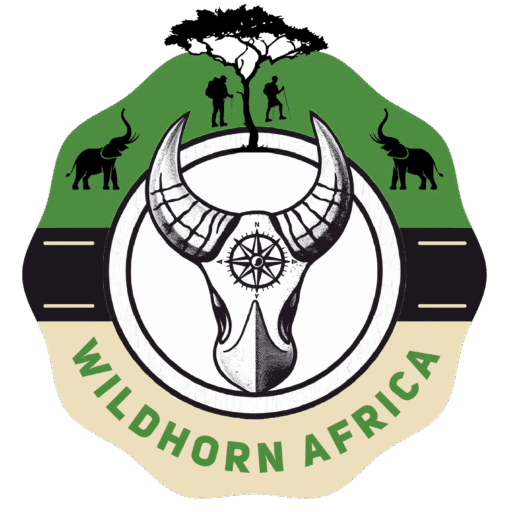
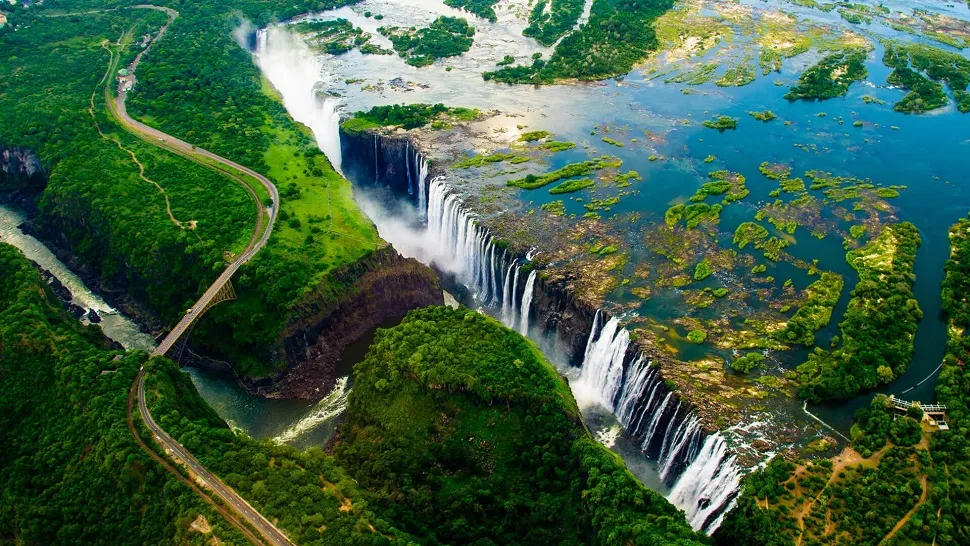
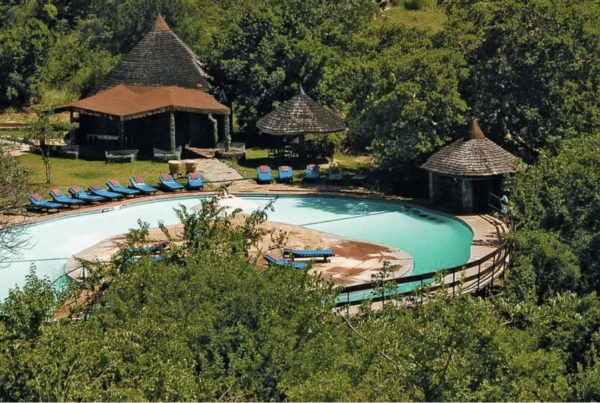
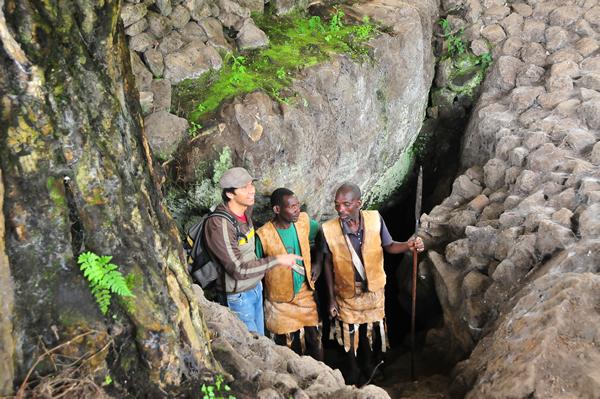
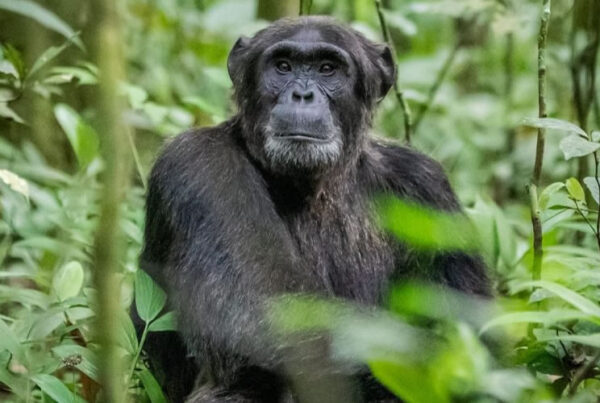
 WildHorn Africa – Authentic and unforgettable tours across Africa, guided by local experts who know the land, wildlife, and culture best.
WildHorn Africa – Authentic and unforgettable tours across Africa, guided by local experts who know the land, wildlife, and culture best.


